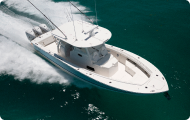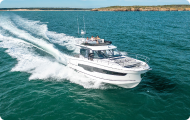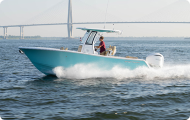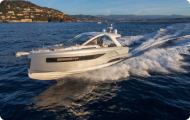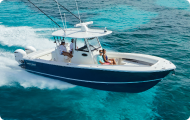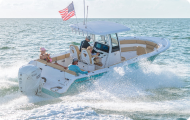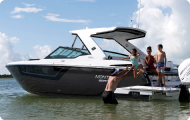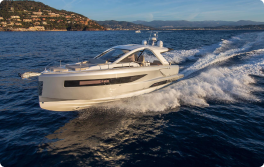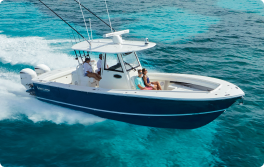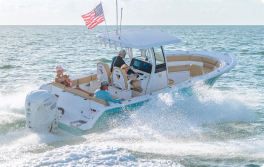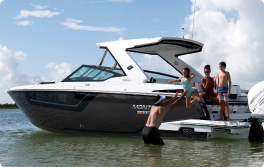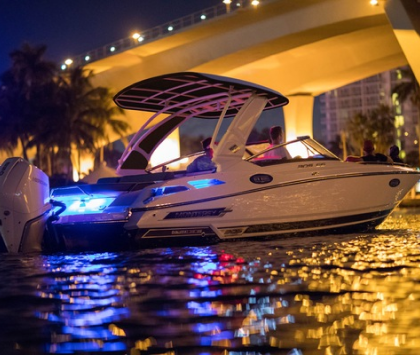Tips for Boating in Shallow Water
Whether you have a boat designed specifically for shoal draft or not, knowing some basics about operating in the shallows is important.
1. The first and most important tip for boating in shallow water is one you can probably guess already: when you’re unsure of the depth and fear you may run aground, slow down.
This will indeed increase the amount of water you need because once the boat comes off of plane, you’ll then be restricted to static draft as opposed to running draft. But running aground at high speed is dangerous, can severely damage your boat and lead to being stranded and unable to get the boat off the bottom. If you run aground slowly, the danger is minimal and you have a much better chance of getting back off. However, if you’re familiar with the waters and know for sure you have sufficient depth to accommodate your running draft—but not your static draft—it’s not unreasonable to keep the boat on plane to get across the shallows.
2. When idling through very shallow water, don’t trim the outdrive up as far as possible.
Do so, and if you run aground you’re out of options. Leave it a couple inches down, however, and if you run aground you can tilt it up that last little bit and still have the ability to back off and seek a deeper path.
3. In tidal waters, check the tide before you head out.
Of course, you’ll want to know how actual water depth will relate to the charted depths (which are given in “mean lower low water,” which is an average of low tide levels). But tidal cycles are also important to know so that if you run aground and get stuck, you know what to do next. You may be able to back off, or you may want to get out and push (see Running Aground for an in-depth look at all your options). But if you know the tide is rising, you may want to simply kick back and relax, until the water level rises enough to float you free. If, on the other hand, you know the tide is falling, you may want to take measures to get it off asap before the situation becomes even worse. You’ll also want to make sure you don’t enter marginal waters, as you may not be able to get back out again later as the water level falls.
4. Keep a sharp eye out for color changes.
Channels and deeper waters often appear dark in color, while sandy shoals look like light spots in the water. But color changes can also fool you; dark-looking weedbeds, for example, may be shallower than the surrounding waters. The bottom line? If you’re cruising along comfortably it’s often wise to avoid any sort of color changes, so you’ll likely stay in the same depth range. Also keep an eye out for waves that break in the same spot over and over, which indicates bars that are shallower than their surroundings.
5. Be wary of beaching your boat on a falling tide.
One of the great things about boating in the shallows is exploring where few people go, and it may be tempting to pull your boat up on a remote beach or a pristine spit of sand. Just make sure you don’t do so as the tide’s going out, without keeping a close eye on the water level. More than one boater has become stranded for hours, after they went off beach-combing while a falling tide left their boat high and dry.
6. Know your boat’s draft.
It’s amazing how many boat owners don’t actually know what their static and running drafts are. If the manufacturer doesn’t publish both, it’s a good idea to arm yourself with a tape measure and go into a shallow area where you know you can safely step off the boat and check, so you’ll never again wonder just how much depth you need.
7. Remember that on smaller boats, draft can be increased by a heavy load.
Weight can change the draft of any size boat, but on boats under 20 feet or so, a couple of extra passengers can change draft by an inch or more. Similarly, a full load of fuel and gear can increase draft.
Do you hope to seek out tailing bonefish on a tropical flat? Probe a shallow cove where those big bass are feeding? Discover a remote backcountry beach where there are seashells no one’s ever dreamt of finding? As long as you stay in waters appropriate for your boat and you have a basic understanding of how to operate it in the shallows, boating in ankle-deep water can be extremely rewarding.


